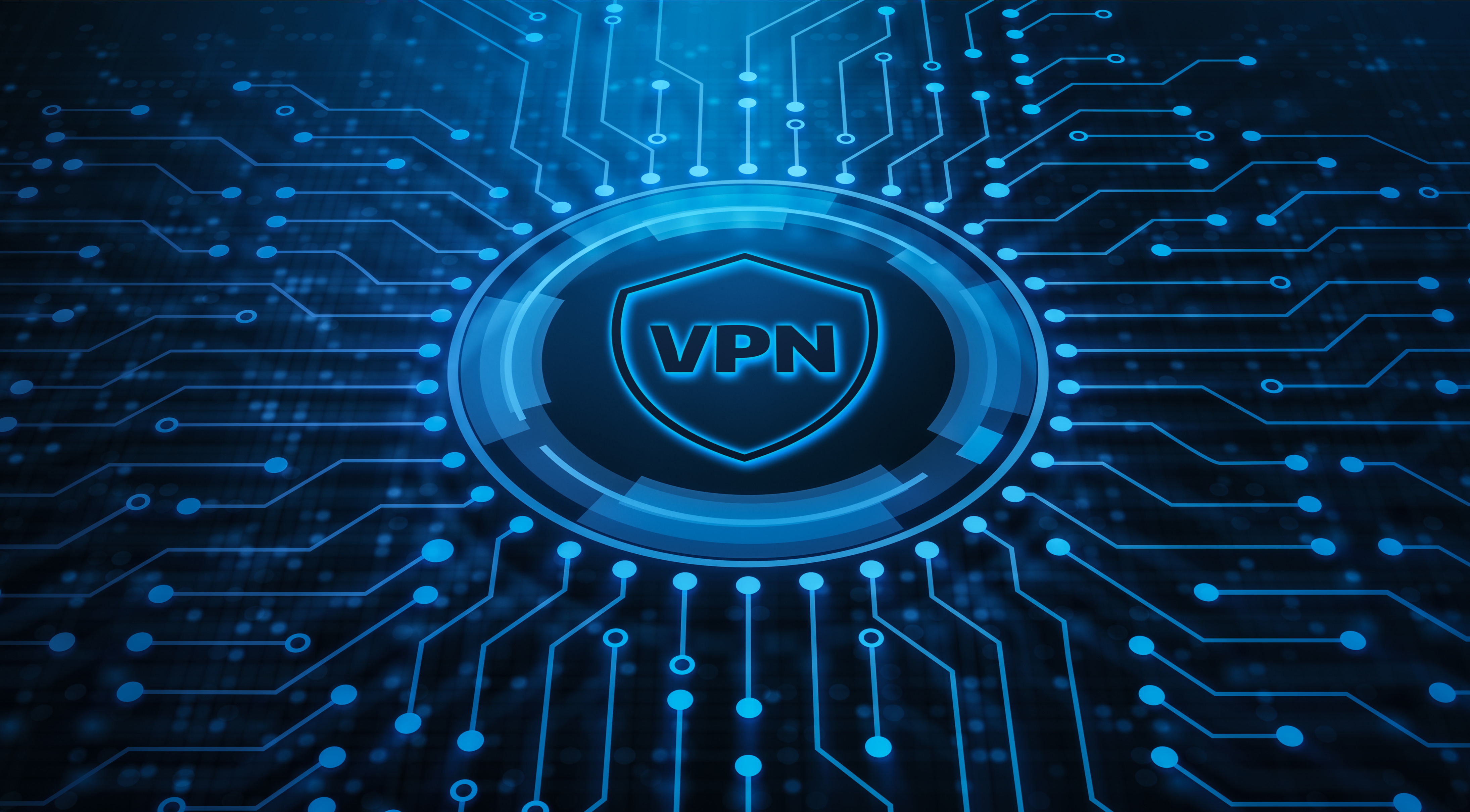VPN (Virtual Private Network) - How secure your network?
VPN (Virtual Private Network) is a technology that allows you to create a secure connection over an unsecured network, such as the internet. It provides privacy and anonymity by encrypting your internet traffic and routing it through a remote server. This enables you to access the internet securely and bypass censorship or restrictions imposed by your internet service provider (ISP) or government.
Here's a general overview of how to configure a VPN:
Choose a VPN provider: There are numerous VPN service providers available, both free and paid. Research and select a reputable provider that meets your requirements in terms of security, speed, server locations, and device compatibility.
Sign up and download VPN software: Once you've selected a provider, sign up for an account on their website. After signing up, download and install the VPN software or app provided by the VPN provider. Most VPN services support various operating systems like Windows, macOS, iOS, Android, and Linux.
Launch the VPN software: After installation, launch the VPN software or app on your device. Connect to a VPN server: Once the VPN software is running, you'll typically see a list of server locations to choose from. Select a server location based on your preferences or specific needs. For example, if you want to access region-restricted content, choose a server in that particular region.
Click the "Connect" button to establish a connection with the chosen server.
Optional settings: Some VPN clients offer additional settings you can configure. This may include options such as the VPN protocol (OpenVPN, IKEv2, etc.), encryption strength, or specific features like a kill switch or split tunneling. You can adjust these settings according to your requirements.
Verify your connection: Once connected, the VPN software usually displays a notification or indicator to confirm that you are now connected to the VPN server. You can also verify your connection by visiting a website that shows your IP address. It should display the IP address associated with the VPN server, indicating that your traffic is being routed through the VPN.
Disconnect or switch servers: When you no longer need the VPN, you can disconnect from the VPN server by clicking the "Disconnect" or similar button in the VPN software. If you wish to connect to a different server, you can usually choose a new location from the server list and click "Connect" again.
